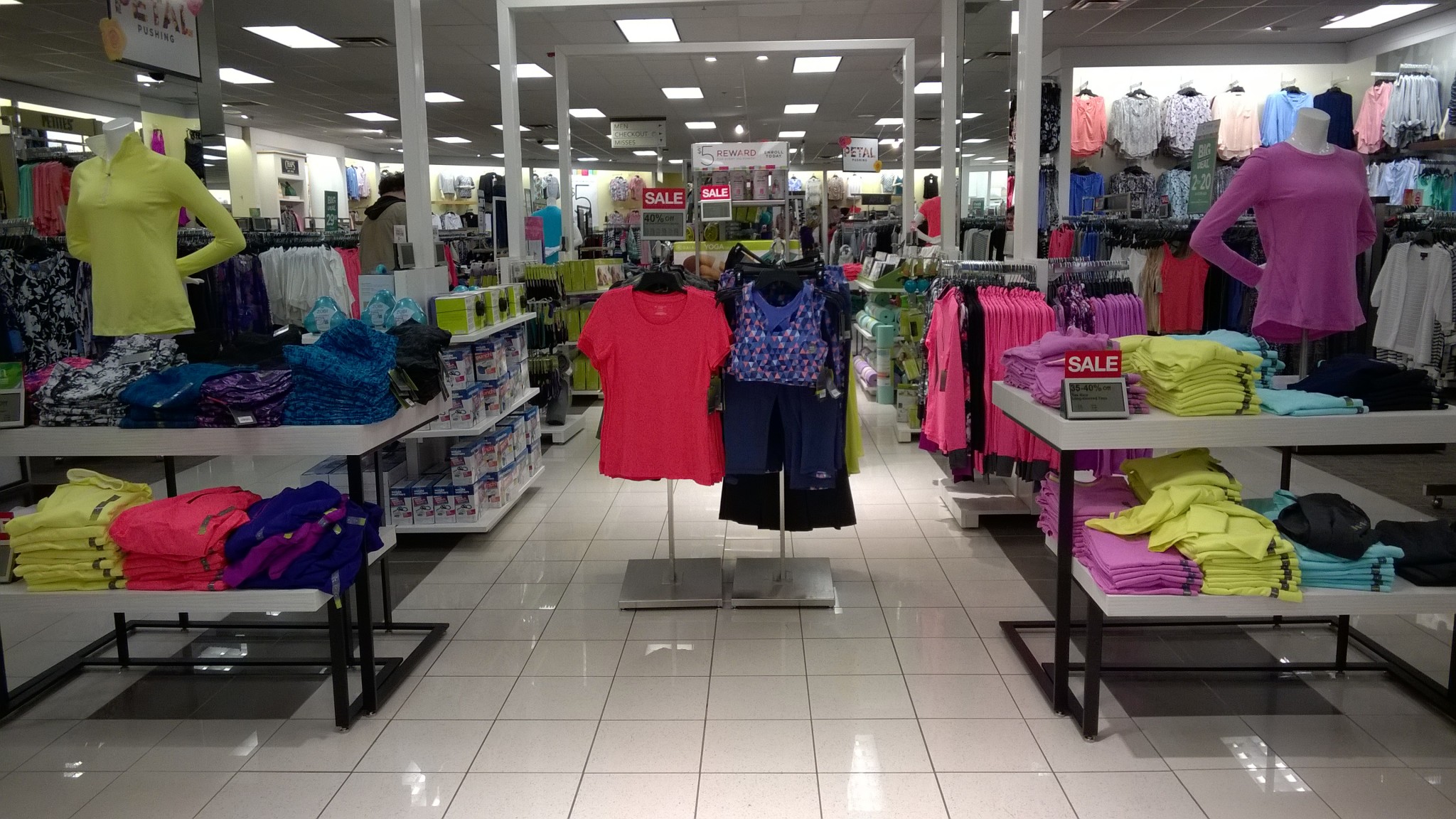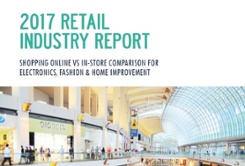Kohl’s is getting into grocery…or rather, grocery is going to get into Kohl’s. After “right-sizing” many of their big-box locations, the discount apparel retailer has a good amount of empty space on its hands, and is offering some of it up to grocers in an effort to mutually drive traffic.
They are by no means offering a free ride. “If we had our preference, we are going first after well-capitalized companies, and preferably ones that have high traffic in grocery and convenience,” DEO Kevin Mansell offered. Complete with its own separate entrance and internal wall division, Kohl’s envisions a neighbor as much as a partner.
With parking as far as they eye can see in locations that literally span the country, Kohl’s offer might be too good to refuse for both nascent market entrants and the established big boys, both of whom are looking for experiences and offerings that will increase foot traffic.
Shrinking Without Getting Smaller
Kohl’s has been downsizing recently, but not how you’d expect. They are not closing any of their 1,100+ U.S. locations, but rather shrinking the square-footage of existing ones. This has already happened at over half their stores with many more to come, as Kohl’s lowers overhead at its existing locations, and consequently lowers its profitability threshold. Whereas the standard Kohl’s store was somewhere between 85,000 and 95,000 sq/ft, “right-sized” stores, and those recently built from the ground up, aim for less than half that at about 35,000 sq/ft.
In rebuilding, as opposed to retreating, Kohl’s has somehow managed to toss out the dirty bathwater but keep the baby firmly in its arms.
Indeed, Kohl’s understands that, managed correctly, their vast real estate portfolio is an advantage as opposed to a liability. “Our stores remain at the core of our omnichannel strategy, and we will continue to invest in them by opening smaller formats, right-sizing and optimizing our selling space, and working to ensure that shopping in our stores is an engaging and inspiring experience for our customers,” Mansell noted.
They are not alone in getting smaller or in getting creative with their surplus space. Target has already started building smaller stores in bigger cities, while Lord And Taylor recently signed a deal with office-sharing company WeWork to lease out unused space in their enormous department stores.
At stake in their smart sizing initiative is a “rationalization of square footage” which doesn’t mean fewer stores but less square footage overall. And all this means they have some square footage to spare.
Diverting the Amazon’s Traffic
Last October, we learned what they intend to do with some of it, as ten Kohl’s locations in LA and Chicago markets entered a pilot partnership with Amazon. These locations now accept Amazon returns, sell Amazon smart home devices, and hopefully benefit from the additional traffic serving as an IRL Amazon hub drives.
Kohl’s CAO, Richard Schepp, sees the Amazon partnership as a new wave of omnichannel corporate symbiosis: “This is a great example of how Kohl’s and Amazon’ are leveraging each other’s strengths—the power of Kohl’s store portfolio and omnichannel capabilities combined with the power of Amazon’s reach and loyal customer base.”
The Amazon-Kohl’s partnership makes sense on several levels, as each has something the other needs. E-commerce has been eating into brick-and-mortar retail for some time, and though Kohl’s has fared better than most (looking at you, Macy’s), the fact remains that foot traffic’s at a premium. Meanwhile, Amazon is the undisputed king of e-commerce, but such purchases still only account for roughly 12% of retail sales. So, Kohl’s can latch onto some of Amazon’s popularity and ubiquity, while Amazon can ground itself in Kohl’s vast real estate footprint.
Analysts have dizzied themselves imagining the possibilities. Does this mean that Kohl’s will ultimately serve as a future proving ground for Amazon’s new private-label fashion lines? Will they ultimately use Kohl’s as distribution points to expand their empire? And how will the Whole Foods acquisition change things?
Well, we just got an answer to that last question at least.
A Whole lot of Food Mystery?
For the time being, Kohl’s is being cagey about who, exactly their forthcoming grocery partners will be: “It’s not about Whole Foods, Aldi, or anybody else…we want a partner, ideally in food or convenience, to help drive traffic,” Mansell expounded.
They could add partners within specific markets in clusters, have one-off partnerships at any given location, or ultimately go system wide with one big one. The only thing we do know is that we can expect an answer by their next shareholder meeting on March 1 of this year.
That delay hasn’t stopped people from speculating about who, exactly, might be involved in this grocery partnership. Can you guess the most popular answer?
Yup, Amazon’s newest plaything, Whole Foods seems to be at the top of nearly everybody’s speculation list. With Amazon looking to dominate omnichannel grocery through its Whole Foods acquisition, having distribution points and brick-and-mortar outposts seem like a no-brainer, one that would spare them ground-up construction costs and also come with its own traffic generator. Who can’t imagine sneaking over to Whole Foods for a quick, recharging snack during a shopping spree?
They Need Some Retail Industry Market Research
But how can Kohl’s determine who the cream of the potential partnership crop is? Let’s all say it together: Retail industry market research! Obviously, the first thing they should do is figure out what an ideal partnership for their ideal customers in their ideal market is. There are many ways to get at that kind of information, but for this specific case we would recommend consumer panel surveys and market research shop alongs.
Panel surveys will allow the breadth of a focus group while allowing for regional specificity—no two markets are alike, and getting to the unique character of each location will allow Kohl’s to move forward with a more complete picture of what their customers want.
Shop-alongs meanwhile can help them determine how their customers currently navigate and experience their stores, allowing them to explore what kind of partnerships augment but not disrupt their Kohl’s visit.
Whatever course they take, CEO Mansell likes their chances: “We have a healthy balance sheet and we can actually act.”


